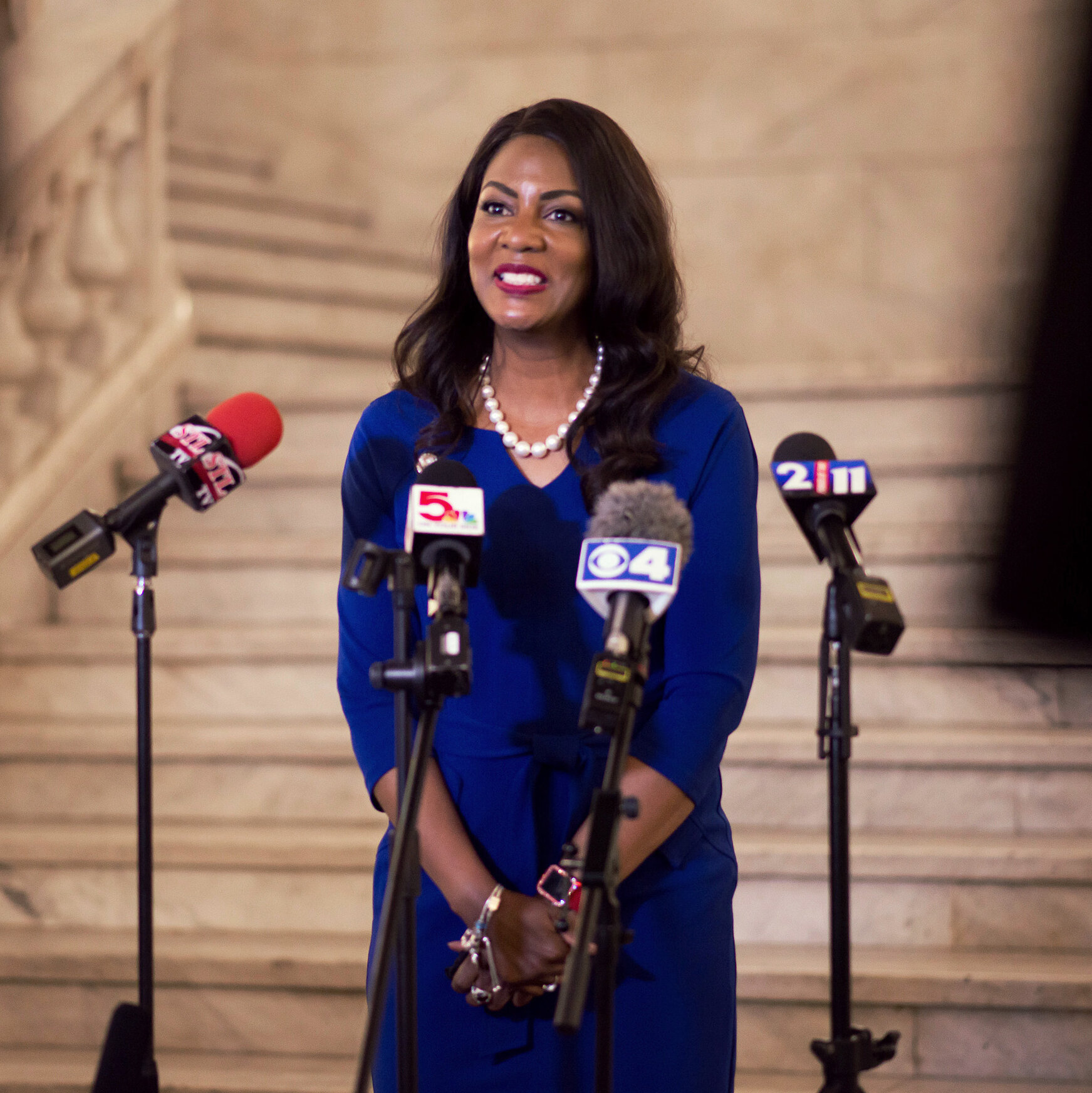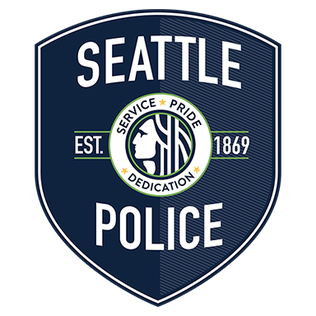According to an article on MSN, the LAPD is considering alternative responses to 28 different call types. Instead of sending police, the following calls may receive mental health professionals, parking attendants, or other types of response. I have included the list below, with the call types, and my simple thoughts on each included in italics beneath. This post, to be clear, is simple opinion from a law enforcement professional and academic, rather than research.
The list in its entirety can be found below:
1. Non-criminal and/or non-violent homeless and quality of life-related calls
This is very broad, but few to no police would have a problem with this switch.
2. Non-criminal mental health calls
This is a grand idea, but rarely do people know what is a mental health crisis. Usually these call types start as crimes in progress, public disturbances, etc.
3. Non-violent juvenile disturbance or juveniles beyond parental control calls; (won’t go to school)
This is a no-brainer. The police cannot fix in 15 minutes what parents could not fix in 15 years. Involving police in these types of calls also creates a barrier of trust from these young adults towards law enforcement as they grow older.
4. Calls to schools unless the school administration is initiating a call for an emergency police response or making a mandatory reporting notification
Possibly unsafe; most police response is initiated by a witness. It does not make sense to require a school administrator to make a call for police at a venue where thousands of people–potential victims–may be at risk.
5. Public health order violations
Good call. There are public health departments who are vastly better suited to respond to these.
6. Non-violent calls for service at City parks
Noise complaints are the most common calls to parks, and most are satisfied with a gentle reminder to turn the music down. Police are definitely not needed at the outset.
7. Under the influence calls (alcohol and/or drugs) where there is no other crime in progress
Similar to the above note about unknown catalysts, this would be difficult to make a blanket change to.
8. Welfare check – WELCK
• Non-criminal
• Courtesy request from doctors/hospitals
Generally welfare checks are better suited for the fire department.
9. Non-fatal vehicle accidents
Various collisions could be diverted, but I have seen numerous instances where a collision is not serious, but one party is very angry and a fight ensues.
• Non-DUI/non-criminal: property damage only (including City property), verbal disputes involving non-injury traffic collisions, refusing to share ID at traffic collisions
This will only be a good idea until the unarmed responder is assaulted. Sadly, I do not believe it would take long.
10. Parking violations
Yes, definitely not a police response.
11. Driveway tow
See above.
12. Abandoned vehicles
Also see above.
13. Person dumping trash
Without the potential for enforcement, it is likely this crime would grow.
14. Vicious and dangerous dog complaints where no attack is in progress
We have Animal Control Officers for a reason.
15. Calls for service for loud noise, loud music, or ‘party’ calls that are anonymous or have no victim
See note about parks.
16. Landlord/tenant disputes
This would be profound. These calls are common and yet they are not criminal in nature. This would be big to remove police from.
17. Loitering/trespassing with no indication of danger
I vehemently disagree with this. Trespassing is a crime that has a real impact on business owners. If police will not respond to enforce it, we are looking at the potential for serious quality of life impacts.
18. Code 30 Alarm Response (except 211 silent alarm)
Most alarm calls–in the high 90%–are false. However, some, such as glass break alarms and multiple trip alarms, are often real. Without police response, most active burglaries will evade arrest. A better idea would be to do what many agencies do, and bill businesses for false alarms. This encourages that alarms are maintained to reduce false activations.
19. Syringe disposal
Not a crime, so should not receive a police response.
20. DOT stand-by
Same as above.
21. Homeless encampment clean-ups, unless officers are requested or prescheduled
Same as above.
22. Panhandling
23. Illegal vending
24. Illegal gambling
It will be curious to see what the LAPD believes can take place of a police response in these situations. These are potential dangerous situations that an unarmed response would be placing an employee in undue danger.
25. Fireworks
It is nearly impossible to hold someone accountable for fireworks, so it would indeed be a better use of police to avoid these fishing expeditions.
26. Defecating/urinating in public
While this behavior generally involves people in mental health crisis, it also shows instability which can be dangerous.
27. Drinking in public
Certain situations could be handled, or ignored, but again we look at quality of life crimes and whether or not the community will tolerate them.
28. Suspicious circumstances-possible dead body, where no indication of foul play
I would be very hesitant to trust the investigation of a dead body to someone not trained to investigate death. This call type is different than a death in, for instance, a medical facility. If it is “suspicious circumstances,” how can one rule out foul play?





